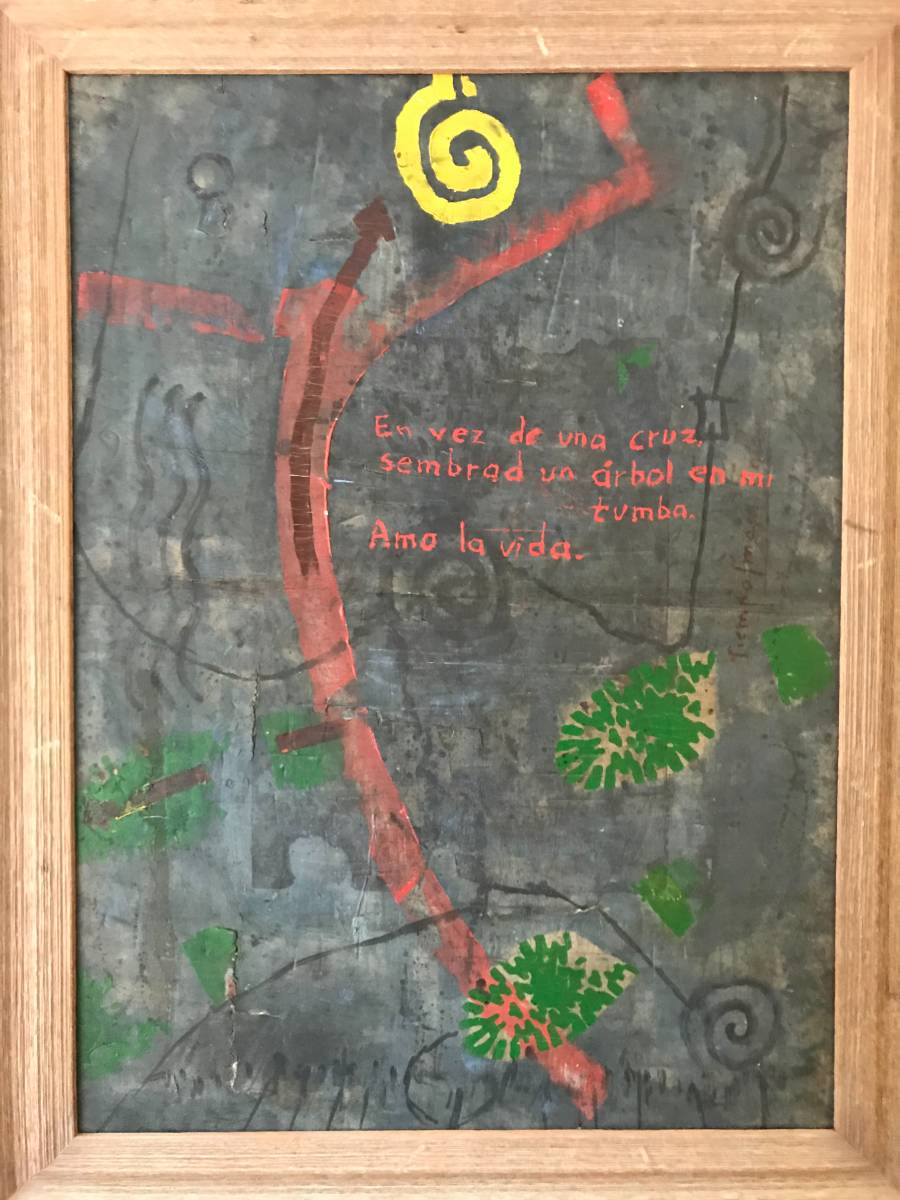Faces of Philanthropy: Leona Peter
Leona Peter - 15 December 2021
A painting by renowned Costa Rican artist Hector Burke has been donated to the Faculty of Science by the Peter family — a stunning gift with a personal connection and history as unique as the painting itself.
Richard (Dick) E. Peter served as professor, chair, and dean in the Faculty of Science over the course of his outstanding academic career. Today, his legacy continues to inspire the students he mentored. His wife, Leona, has been credited by those same students in creating a supportive environment that furthered their academic careers.
“Dick and his wife Leona, as a team, were so welcoming. He was patient, he was encouraging, but he made you think for yourself,” said Murray Wiegand (PhD ‘79), who completed his PhD studies under Peter. “I have a lot of gratitude for him and Leona.”
Dick and Leona’s families both homesteaded in southern Alberta, and the two married in 1965. Dick completed his undergraduate studies at the University of Calgary (BSc. (Hons) ‘65) before continuing on to earn a PhD in zoology at the University of Washington in 1969 and serving as a postdoctoral researcher at the University of Bristol.
In 1971, Dick took up an academic appointment at the University of Alberta in what was then the Department of Zoology. He served as department chair for two terms, and then as dean of the Faculty of Science from 1992 to 2002.
During his time at the University of Alberta, Dick inspired many young scientists and helped them grow into their own academic careers, leaving behind a legacy of inspiration. One of Dick’s students, Murray Wiegand, recently shared how Dick’s mentorship and support helped him in his own journey, and today inspires Wiegand to support Faculty of Science students through a scholarship in Dick’s name.
Another member of Dick’s lab was Arturo Sanchez-Azofeifa, now himself a professor in the Department of Earth and Atmospheric Sciences. Sanchez-Azofeifa’s research focuses on remote sensing of tropical dry forest environments, with a particular focus on Costa Rica and Panama.
It was on one such research excursion that the Hector Burke painting first came to the Peter family — and became not only a symbol of the enduring connection between the Peter and Sanchez-Azofeifa families, but embodied advice for life that was embraced by Dick and his wife Leona.
Leona Peter shares the story of how the painting came to her family, and what it means to her:
Dick was invested in the possibilities of fostering collaborative relationships with international universities such as Costa Rica. Arturo had been recently hired to the U of A by Dick, and Dick arranged for Arturo to accompany him on a University trip to Costa Rica. Whilst on an excursion to see the Cloud Forest, Dick, Arturo, and Julio Calvo, director of the Tropical Science Center, managed to get their vehicle mired in extremely muddy conditions.
Despite Dick’s complete lack of working Spanish, but with his characteristic unbridled enthusiasm, the group — with the help of local farmers —managed to free the vehicle with an all-hands-on-deck approach.
Later on, the group shared the details of their very muddy adventure to Arturo’s family over coffee, and were greeted with much laughter. It was at this time that Arturo’s brother, Dr. Ever Sanchez-Azofeifa, an avid art collector, stepped away from the gathering and returned with a rolled canvas, which he gave to Dick. This incredibly generous gift was the Hector Burke painting that together, we are now donating to the University of Alberta’s Faculty of Science.
Hector Burke is a renowned Costa Rican artist, whose works often thematically parallel the rising ecological consciousness in his own country and worldwide. Considered one of the representative artists and precursors of conceptual art in Costa Rica, Burke’s artwork has been featured in national and international showings and he has been the recipient of numerous awards.
In Burke’s creations, the spots and strokes are usually accompanied by literary texts, which the artist includes in some corner of his works or suggests through the titles. It is from the painting given to Dick Peter that the featured phrase “amo la vida” — which translates to “love life” — became an important watchword for our family.
The Peter family has treasured the painting for many years, but the choice to donate this painting to the Faculty of Science reflects our desire to grant the work a larger audience at the university that was such a huge part of Dick’s life. “Amo la vida,” as featured in the painting, became a reflection of Dick’s great love of life and his love of science worldwide. With this gift we hope that these twinned passions will carry forward to new generations.
— Leona Peter
The Hector Burke painting “Amo la Vida” will be displayed in the Faculty of Science for future scientists to enjoy and reflect on, and to serve as a lasting reminder of the power of inspiration. The Faculty of Science extends our heartfelt thanks to the Peter family for this generous gift.
